Scaleo medical POWEO 150 User manual
Other Scaleo medical Medical Equipment manuals
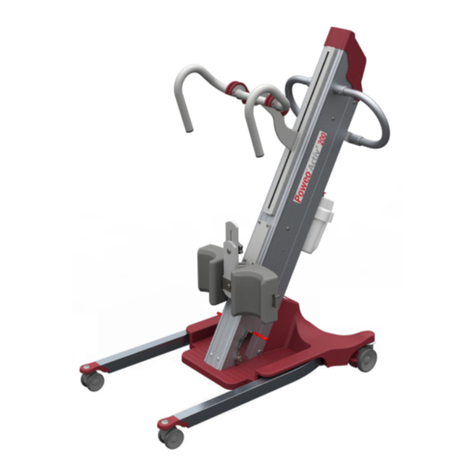
Scaleo medical
Scaleo medical Poweo Activ User manual
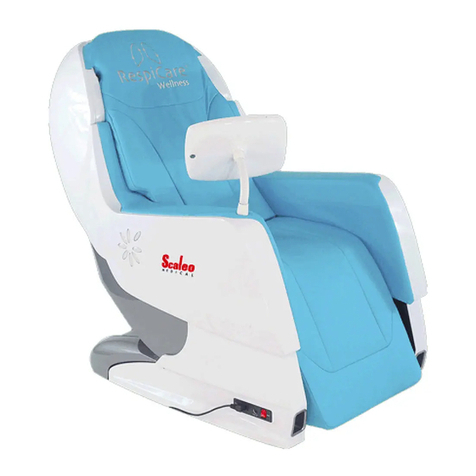
Scaleo medical
Scaleo medical RespiCare Wellness User manual

Scaleo medical
Scaleo medical Shado 160 User manual

Scaleo medical
Scaleo medical Poweo CITY User manual

Scaleo medical
Scaleo medical Shado 200 RGO User manual
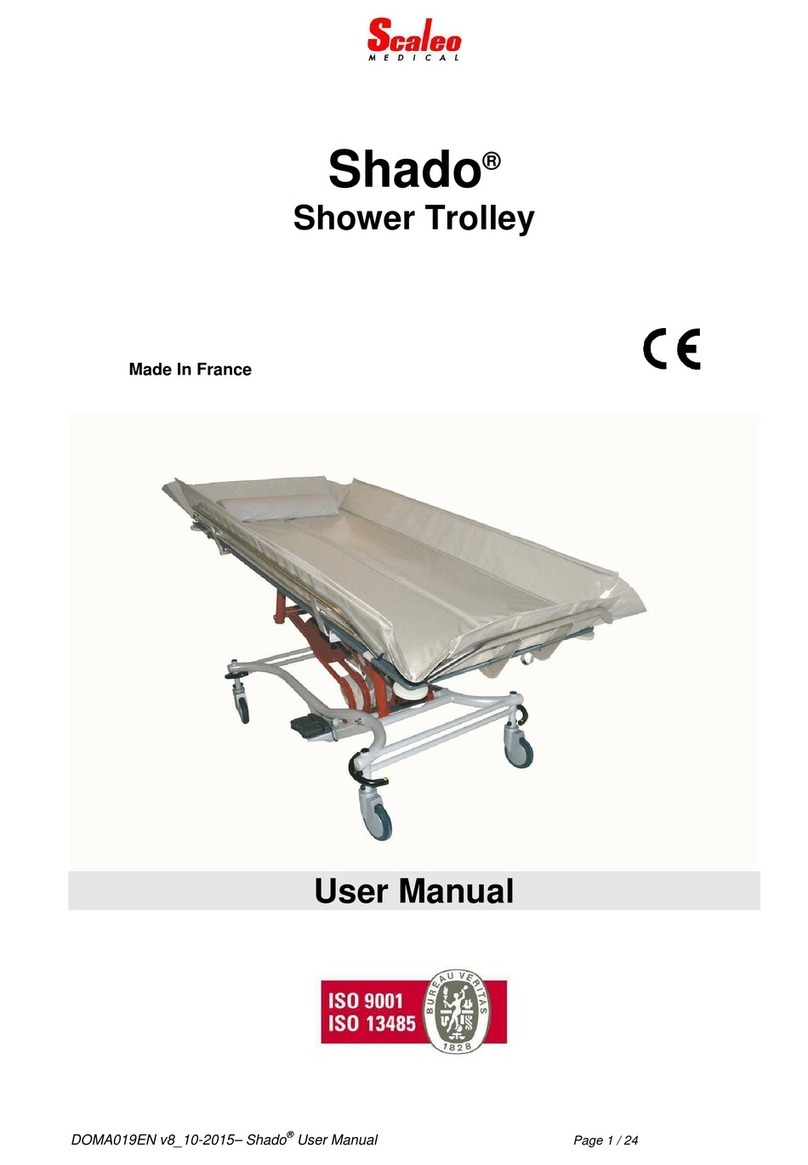
Scaleo medical
Scaleo medical Shado User manual
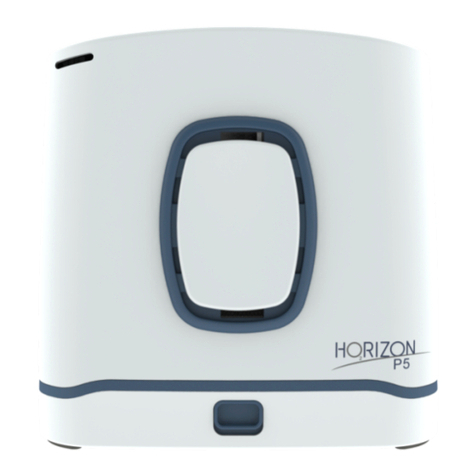
Scaleo medical
Scaleo medical HORIZON P5 User manual
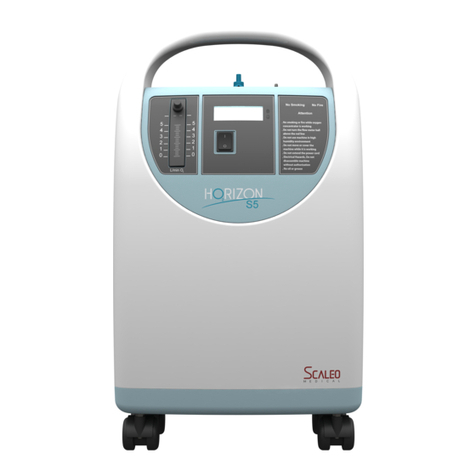
Scaleo medical
Scaleo medical Horizon S5 User manual
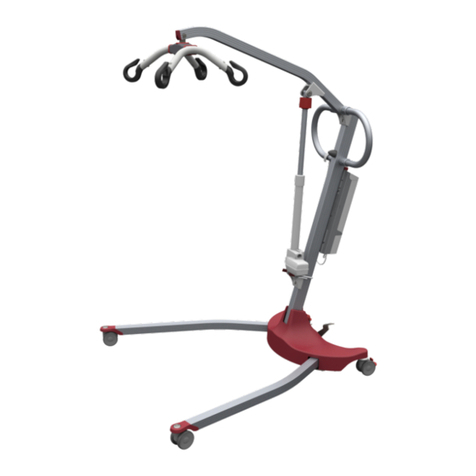
Scaleo medical
Scaleo medical Poweo Urban User manual
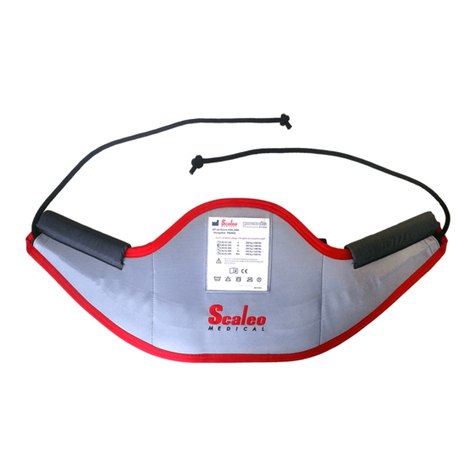
Scaleo medical
Scaleo medical S8594 Series User manual
Popular Medical Equipment manuals by other brands

Getinge
Getinge Arjohuntleigh Nimbus 3 Professional Instructions for use

Mettler Electronics
Mettler Electronics Sonicator 730 Maintenance manual

Pressalit Care
Pressalit Care R1100 Mounting instruction

Denas MS
Denas MS DENAS-T operating manual

bort medical
bort medical ActiveColor quick guide

AccuVein
AccuVein AV400 user manual





















